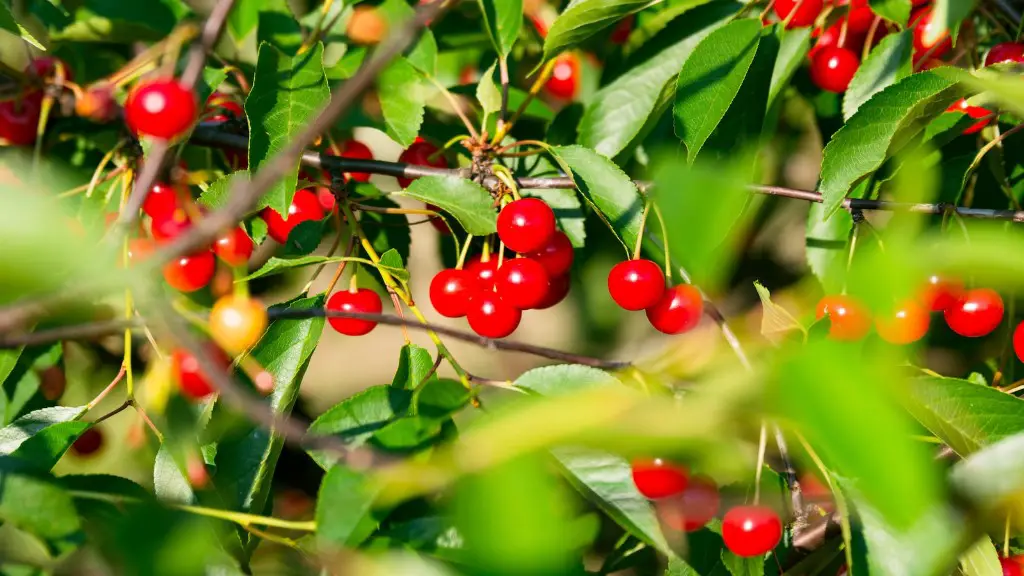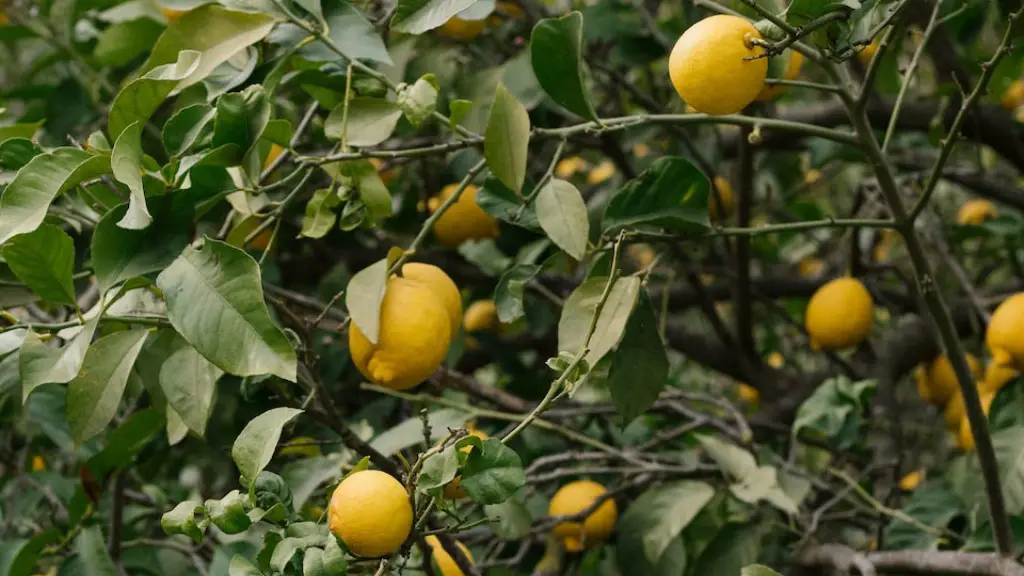Palm Trees: Definition, Uses, Benefits and Advantages
The palm tree is an evergreen tree species belonging to the same family as other plants like grass, bamboo and sedges. This type of tree is generally slender, having tapering and unbranched stems with large fan-like leaves. It is a species that is best adapted to tropical and warm climates and is found in many parts of the world including Africa, the Caribbean and South America.
Palm trees have a variety of uses, from providing shade and shelter to providing materials for construction and even food. Many species also have medicinal properties, which makes them valuable to many cultures.
Provides Shade and Shelter
One of the main benefits of the palm trees is its ability to provide shade and shelter from the sun and other elements. Palm trees can be planted along pathways, around the beach and other places to give the visitors a refreshing and calming atmosphere. Palm trees also protect the soil from erosion and serve to create an attractive landscape.
Used In Construction
Palm trees are an important part of the landscape in many parts of the world. Palm trees are used in construction because they are highly resistant to rot, insect and weather damage, and their wood is also very durable. The wood is often used for beams and posts, while in some cases the leaves are used for thatching and other types of roofing materials.
Provide Food Sources
Palm trees also provide food sources for humans. Many species of palms grow fruits such as dates, coconuts and betelnuts. Fiddleheads, the young sprouting leaves of some palm trees, are also edible. It is believed that the ancestors of the Polynesians used these plants for subsistence.
Medicinal Properties
Palm trees also have medicinal properties. Some of these plants have long been used in traditional medicine to treat certain conditions, including headaches, fever, bellyache and even as an antidote to snake venom. Many cultures also use palm oil, extracted from the fruits, as a remedy for digestive problems, skin ailments and even childbirth.
Symbolism and Cultural Significance
In some cultures, the palm tree is a symbol of hospitality, a representation of fertility and security. In some parts of the world, they are also associated with religious ceremonies and festivals.
Beautification of Urban Areas
Palm trees are also often used to beautify urban areas. In some cities, they can be found along the sides of roads, in parks and even in shopping malls. Besides providing shade and shelter, they also create an aesthetically pleasing environment for people to enjoy.
Environmental Impact
Palm trees are also beneficial to the environment. In places where they grow naturally, they help to reduce air pollution, provide habitats for wildlife, and help to stabilize the soil. Additionally, palm oil, which is extracted from some species, is used in many products including soap, cosmetics and even biodiesel.
Sustainable Palm Oil Production
Sustainable palm oil production is an important issue in countries where it is a major part of the economy. Companies must take steps to ensure that their plantations are managed responsibly and that no species of palm trees is threatened by their activities. This includes avoiding the use of pesticides and fertilizers, and selecting appropriate areas for planting.
Environmental Concerns
On the other hand, there are environmental concerns due to palm oil production. Deforestation is a major threat to the environment, and unsustainable palm oil production can lead to the loss of biodiversity, climate change and soil degradation. To tackle these issues, companies should be more responsible and pay more attention to their impact on the environment.
Conclusion
Palm trees are an incredible species that have an array of uses and benefits. They provide shade, shelter and food, have medicinal properties and are used for construction and beautifying urban areas. They are also incredibly environmentally beneficial, but their production must be managed sustainably to ensure the survival of the species.


